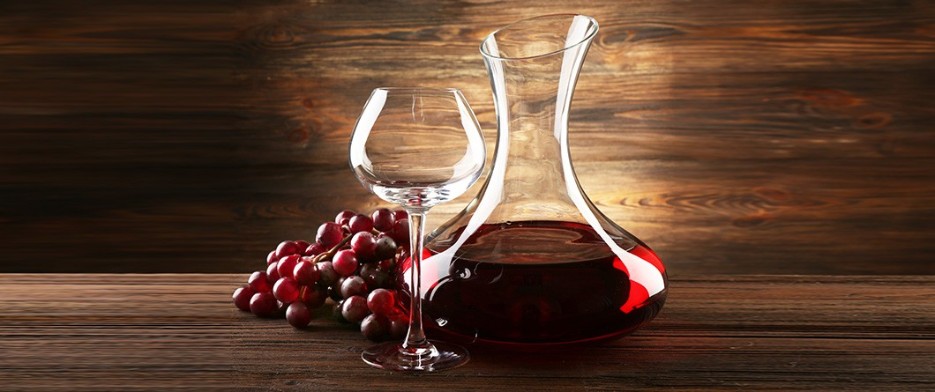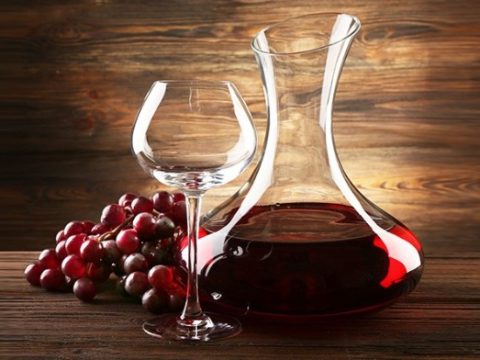Wine Decanting: Why, How and When?
Why Decant Wine?
Decanting can be necessary, optional, or even not recommended depending on each wine’s characteristics. It enhances aromas by introducing oxygen and, for aged wines, traps sediment in the bottle.
What Happens During Decanting?
When you pour wine from a freshly opened bottle into a decanter (a glass vessel with a wide base and narrow neck), the wine contacts oxygen. This releases and softens aromas. For older wines, it leaves sediment behind in the bottle.
Which Wines Should (Not) Be Decanted?
Wines That Benefit from Decanting
1. Red wines with sediment and firm tannins.
2. Bottle-aged white wines with pronounced barrel aromas.
3. Very old vintage Champagne to mellow effervescence and filter lees.
Wines That Should Not Be Decanted
– Extremely old reds (20+ years) with fragile aromas.
– Delicate reds like Pinot Noir and young reds (1–3 years).
– Fresh, fruity whites (Sauvignon Blanc, Pinot Grigio, Muscat Ottonel).
– Non-vintage sparkling wines (Crémant, Cava, Prosecco).
1. Red Wines
Should Be Decanted
Premium reds aged 2–10 years (Cabernet Sauvignon, Malbec, Syrah, Rioja, Bordeaux, Mendoza).
Should Not Be Decanted
– Pinot Noir (delicate profile)
– Young reds (meant for early consumption)
– Very old collectibles (to preserve fragile aromas)
2. White Wines
Should Be Decanted
Whites aged in oak barrels and/or on lees (3–5 years, unfiltered).
Should Not Be Decanted
Fresh, fruit-driven whites that lose vibrancy when aerated.
3. Vintage Champagne
Should Be Decanted
Collectible vintage bottles—to emphasize flavor over bubbles and trap lees.
Should Not Be Decanted
Non-vintage sparkling wines lacking complexity.
Decanter Shape and Duration
– Duration: 5 minutes to 2 hours.
– Speed tricks:
• Pour between two decanters.
• Gently swirl in the decanter.
• Use a wine aerator.
– Shape matters:
• Neck diameter controls air intake.
• Bowl diameter determines surface contact area (larger = faster aeration).


